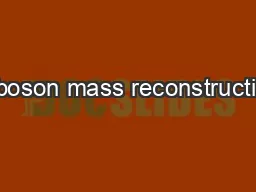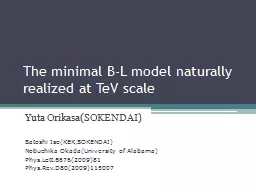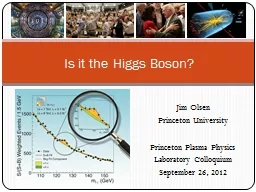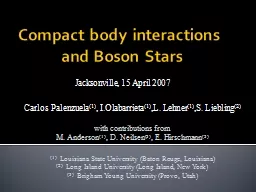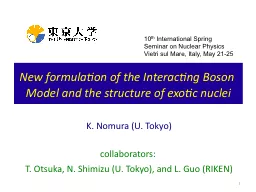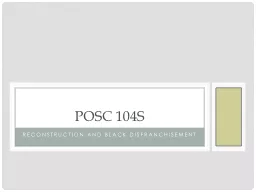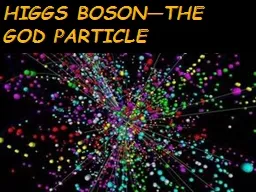PPT-Z boson mass reconstruction
Author : calandra-battersby | Published Date : 2016-06-29
Caroline Steiblin Prof Al Goshaw Dr Andrea Bocci Duke University 1 Purpose C omparing MonteCarlo MC simulations of Z boson mass reconstruction from muons photons
Presentation Embed Code
Download Presentation
Download Presentation The PPT/PDF document "Z boson mass reconstruction" is the property of its rightful owner. Permission is granted to download and print the materials on this website for personal, non-commercial use only, and to display it on your personal computer provided you do not modify the materials and that you retain all copyright notices contained in the materials. By downloading content from our website, you accept the terms of this agreement.
Z boson mass reconstruction: Transcript
Download Rules Of Document
"Z boson mass reconstruction"The content belongs to its owner. You may download and print it for personal use, without modification, and keep all copyright notices. By downloading, you agree to these terms.
Related Documents

